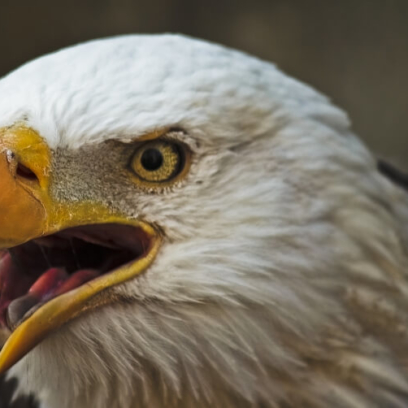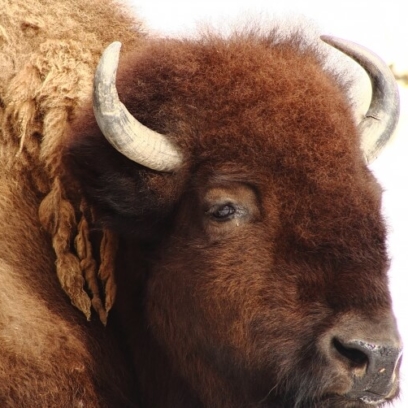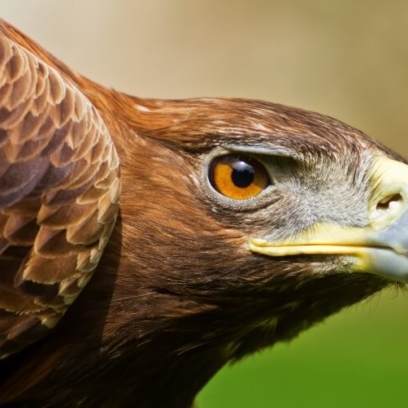Pronghorn
Antilocapra americanaGeographic Region: western America from Mexico City up to Edmonton in Alberta, Canada
Isn’t it Wild? Pronghorns are the second fastest land animal. They can run up to 50 miles per hour for short bursts and maintain 30 miles per hour for hours.

There’s More to the Story Pronghorns can outrun a cheetah after the first 30 seconds of the chase! Cheetahs may run at a faster top speed, but are unable to sustain that speed. The pronghorn, however, can sustain high speeds for miles.
They have large eyes and superb vision, giving them the ability to spot predators from very far away, which is helpful on their flat grassland habitat. If necessary, a pronghorn can go days without water, and will eat and thrive on plants that no other grazing animal will touch—even thorny cactus. Pronghorns successfully survive both bitter cold and desert heat equally well.
Details
Height: 3 ft.
Weight: 105 – 120 lbs.
grasses, alfalfa hay, herbivore chow
Least Concern
North America
Exhibit information
Discover the amazing creatures that call North America home! Watch the bison graze, the pronghorn demonstrate their speed, and the wild turkey show off his courtship displays! You can even spy the only two venomous snakes in New England–the northern copperhead and timber rattlesnake, and learn about their crucial role in the ecosystem. Most of the species within the North American section are great conservation success stories, including the shy red wolf.
Red wolves were listed as Extinct in the Wild by 1980. Through the collaboration of the US Fish & Wildlife Service and the Associations of Zoos and Aquariums’ (AZA) Red Wolf Species Survival Plan (SSP), the last 14 remaining wild red wolves were brought into zoos to establish a captive breeding program with the primary objective of forming the foundation of a wild population through reintroduction back to the wild. Even though breeding is a main component, our red wolves also help educate the public on the plight of their wild counterparts.
Thanks to the collaborative efforts of these partner facilities across the United States, the captive red wolf population has once again risen steadily to nearly 250 wolves! Learn all about how these animals have been saved from extinction.




